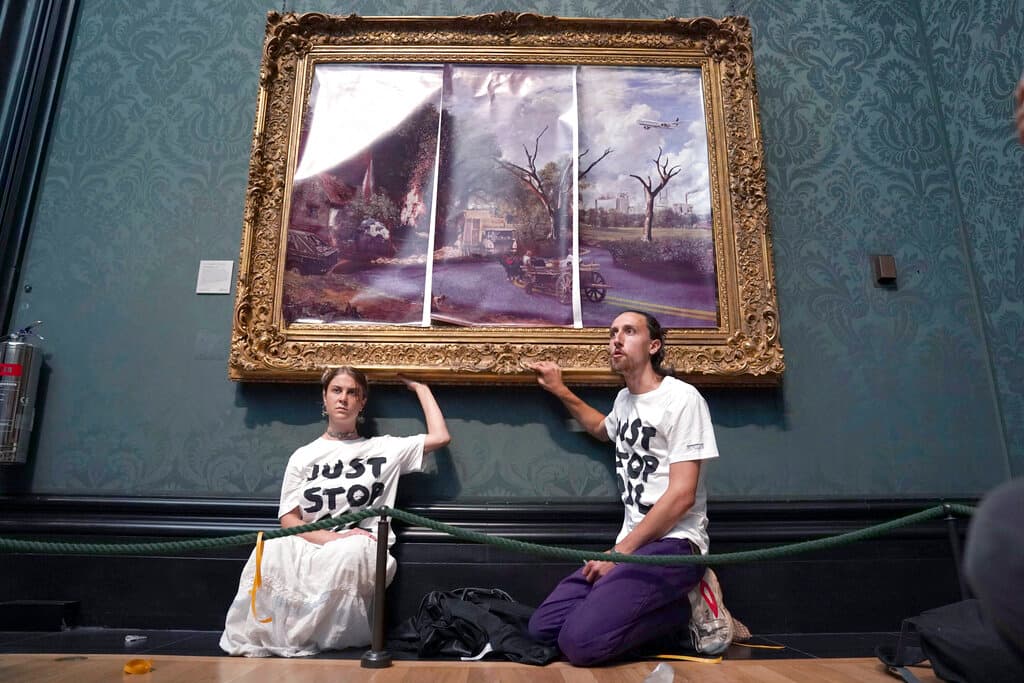It’s a Frame-Up: Old Masters Come Under Assault in Climate Protests
Works by da Vinci, Van Gogh, Constable, and Turner have in recent weeks been targeted in an effort to conscript culture to the climate cause.

The fight for the climate apparently now encompasses a war against art, as masterpieces are being targeted by activists intent on using galleries and museums as staging grounds for protests. Silent sentinels of the past are now being conscripted into a pitched battle for the planetary future.
Please check your email.
A verification code has been sent to
Didn't get a code? Click to resend.
To continue reading, please select:
Enter your email to read for FREE
Get 1 FREE article
Join the Sun for a PENNY A DAY
$0.01/day for 60 days
Cancel anytime
100% ad free experience
Unlimited article and commenting access
Full annual dues ($120) billed after 60 days

